Best Mac for music production 2025: the best Apple machines for your music-making needs
In the market for a music production Mac? We’ve compared every model in Apple's latest range - from the older M2 machines to the latest M3 MacBook Pros and iMac - to see which is the best fit for you…

1. The quick list
2. Best overall
3. Best desktop
4. Best lightweight
5. Best all-rounder
6. Best budget
7. Best compact
8. Best affordable Air
9. Best high-end Mac
10. Buying advice
11. How we test
The Apple Mac has been the music producer's dream machine for many years now. That's not to say that PCs aren't a great choice for music production, but Macs have a slick operation system that aids the music production workflow, the power to handle the required number crunching, and the style that creative producers love. But choosing the best Mac for music production can be a difficult task, which is why we have done it for you in this guide, which has been updated to include Apple's latest M3 machines.
Apple welcomes many music producers into its hardware world through the DAW (digital audio workstation) called 'Logic Pro'. This wonder music-making package has recently hit v11, and is full to the rafters with live clip launching, AI-backed music-making features, and a heap of content that emulates just about every real and synthetic instrument out there. At less that $/£200, it's a huge draw for music producers, and one that has helped shift countless Macs for Apple as this combination of hardware and software really is a great partnership for music-making.
But whether you use Logic Pro or not, an Apple Mac is a great powerhouse machine for music production, and for this feature we'll assume that you have opted for a computer with the Apple logo, so now you just need to choose which model. We'll guide you through the Mac range, detail the pros and cons of each, and by the end you should know which one to buy according to your budget, portability and power requirements.
- Our pick of this year's best Black Friday MacBook deals, updated live
Quick list
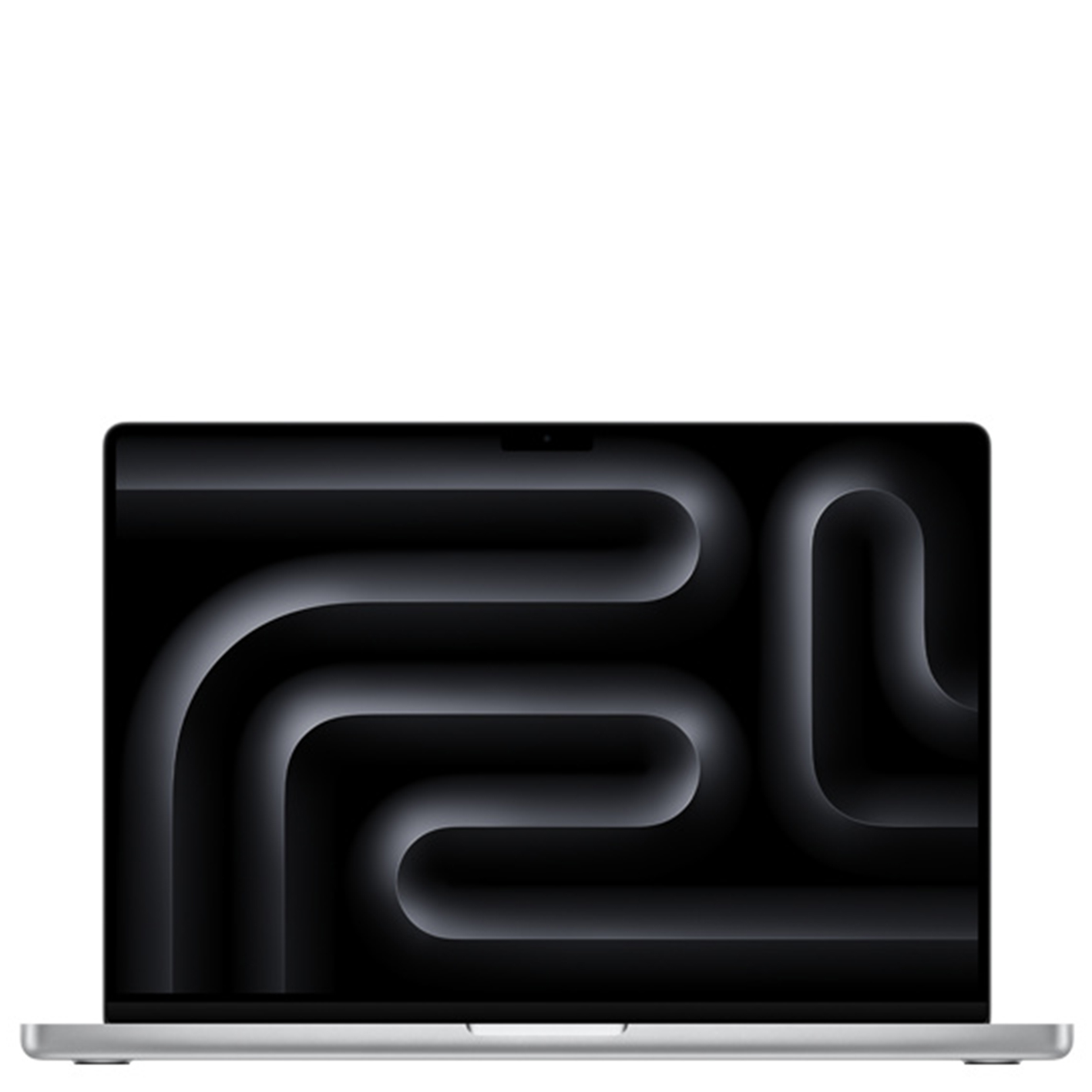
The relatively new MacBook Pro M3 16" tops our best Mac for music production list because it gives you the best of the mobile and desktop worlds in one machine. That 16.2" screen has enough real estate to handle a lot of DAW workflows, and, of course, with the 'Pro' name, you can expect more than enough power for music production.
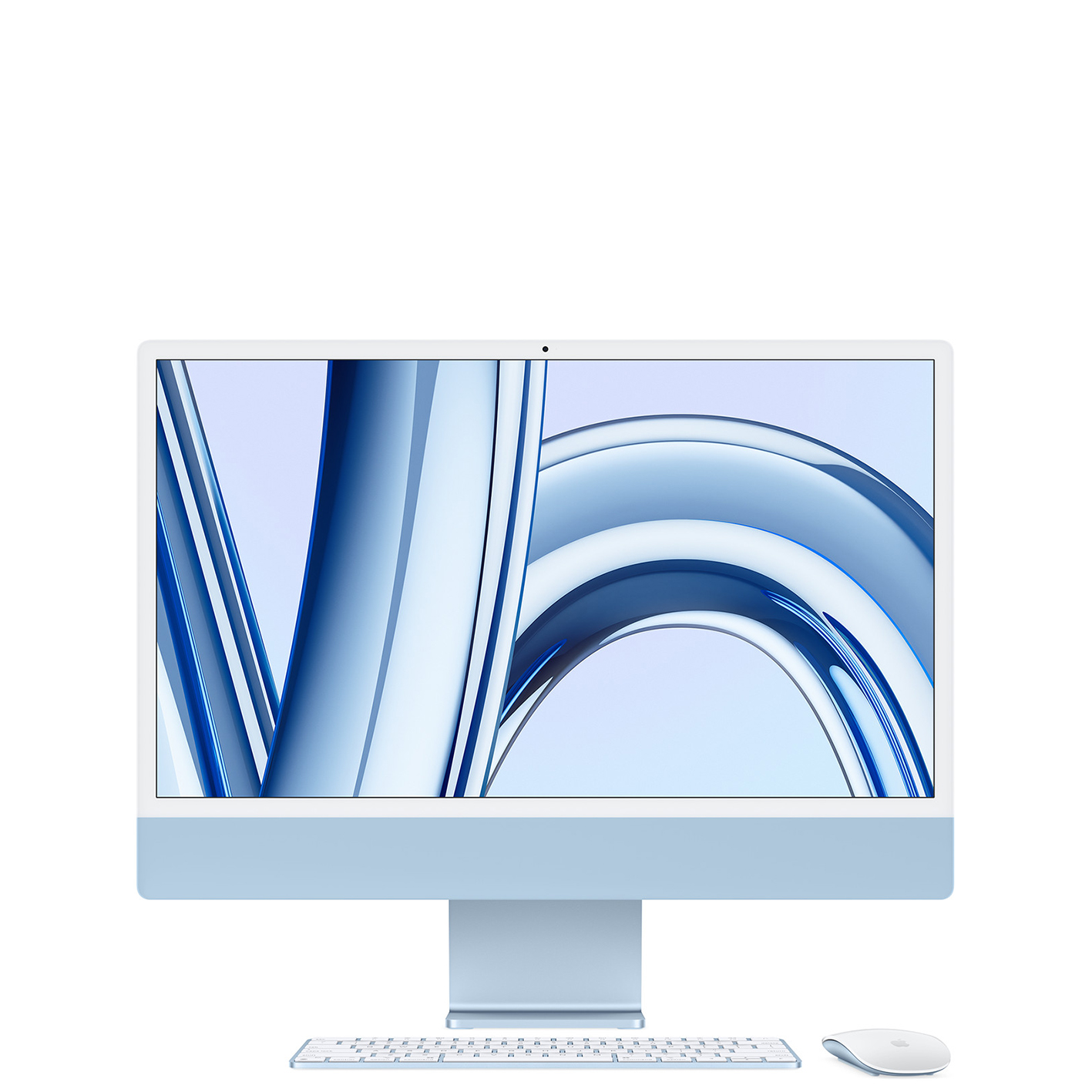
As with the Mac mini, the iMac can be a forgotten star for Mac music production, with the main headlines often stolen by fancy MacBook Pros and Mac Studios. But the iMac is a superb choice for music production, with a stylish approach, fabulous 24" screen, and is a great all-in-one option, with everything you need for not a lot of money in the grand Apple scheme of things.
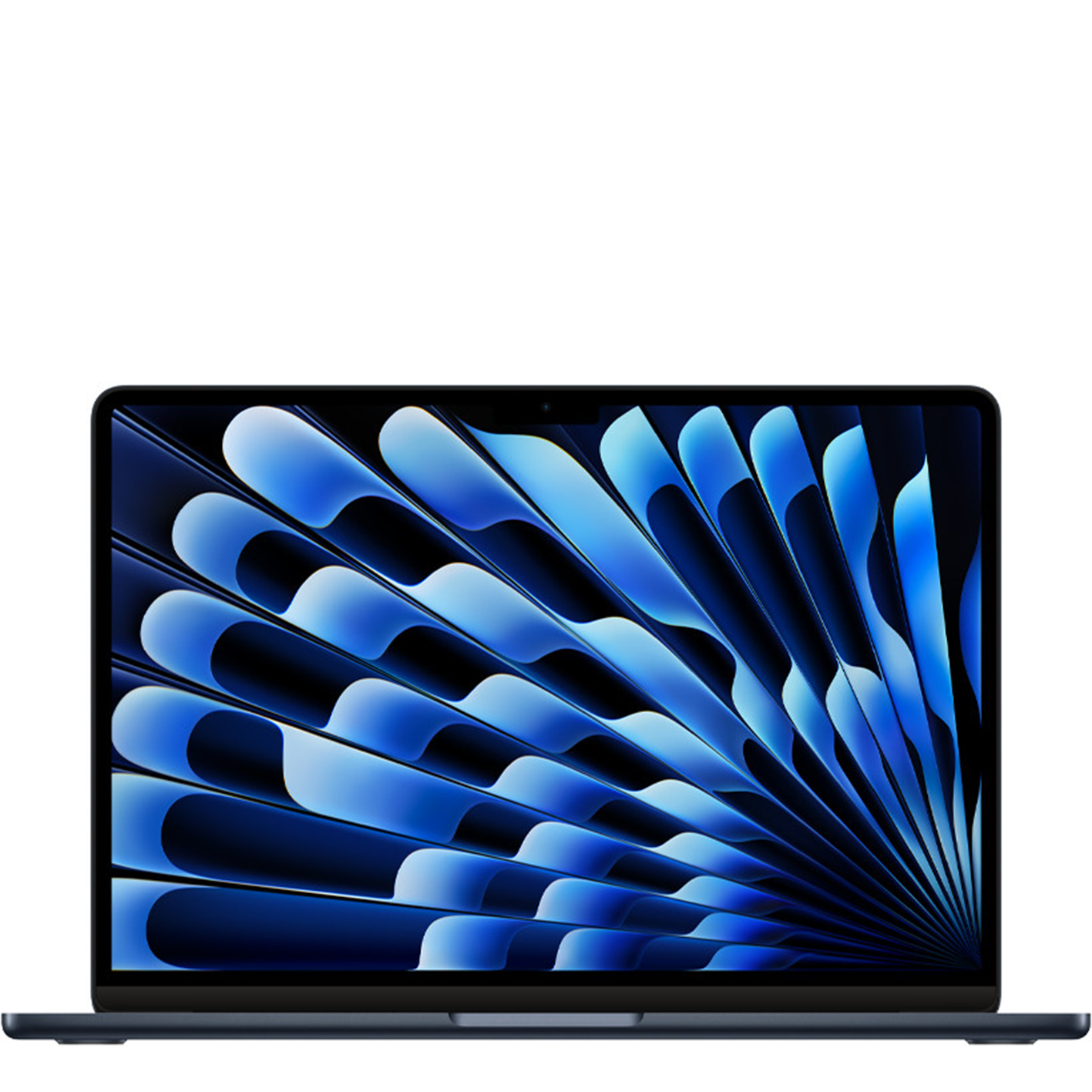
The M3 MacBook Air is beautiful, powerful and just about the best silent laptop you can buy for music production. The sound emanating from the Air's four speakers (which also support Spatial Audio) is so much better than a small form device like this should be capable of and the battery life of the Air is really good.
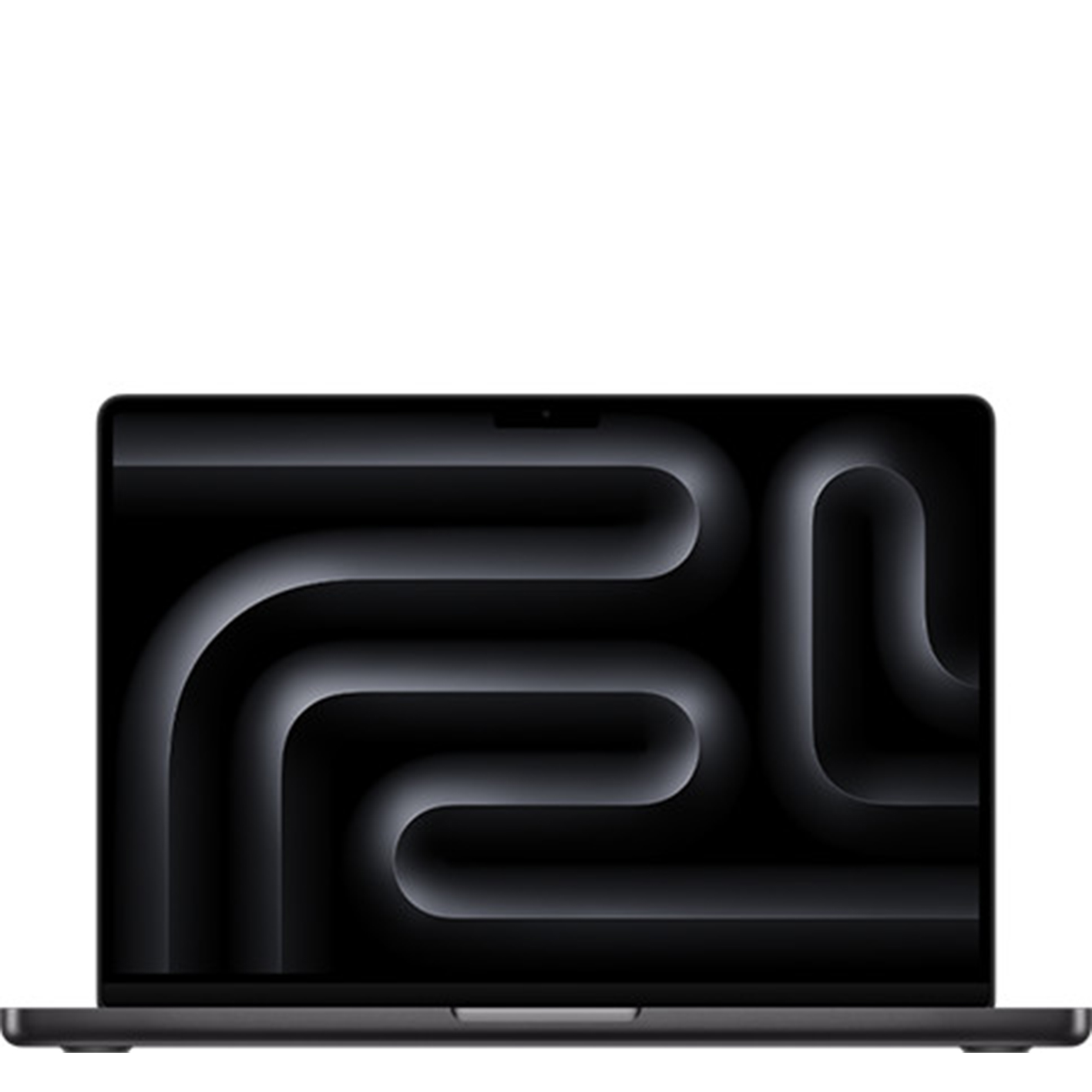
The 14" MacBook Pro is a cheaper way of getting the power of the 16" model, although you can also spec it up to a price that gets close to the 16" if you load it up with the top-end M3 Max processor. However, dig deep into the MacBook Pro 14" range, you should be able to find a model that balances both power and price.
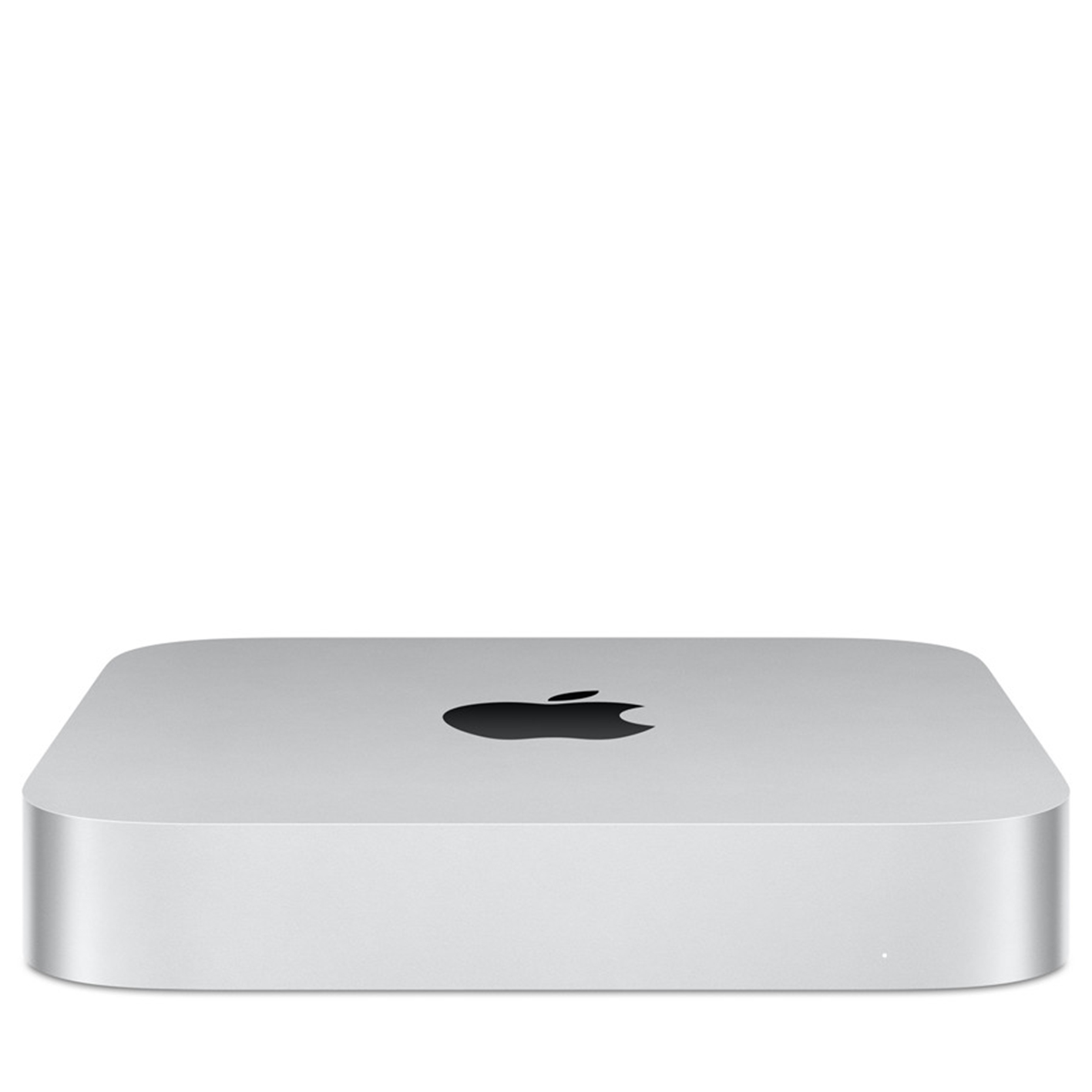
The Mac mini is Apple's no nonsense, compact Mac where you get a choice of core computer and add the keyboard, mouse and monitor yourself to save costs on the original machine. The mini is available with a range of specs to suit your needs and overall the performance is excellent.

This machine perfectly bridges the gap between the mini and the Pro to make it a fine choice for music production. If you are in the market for a powerful and very serious desktop Mac for music, then this is the best high-end choice.
Load the next 2 products... ↓
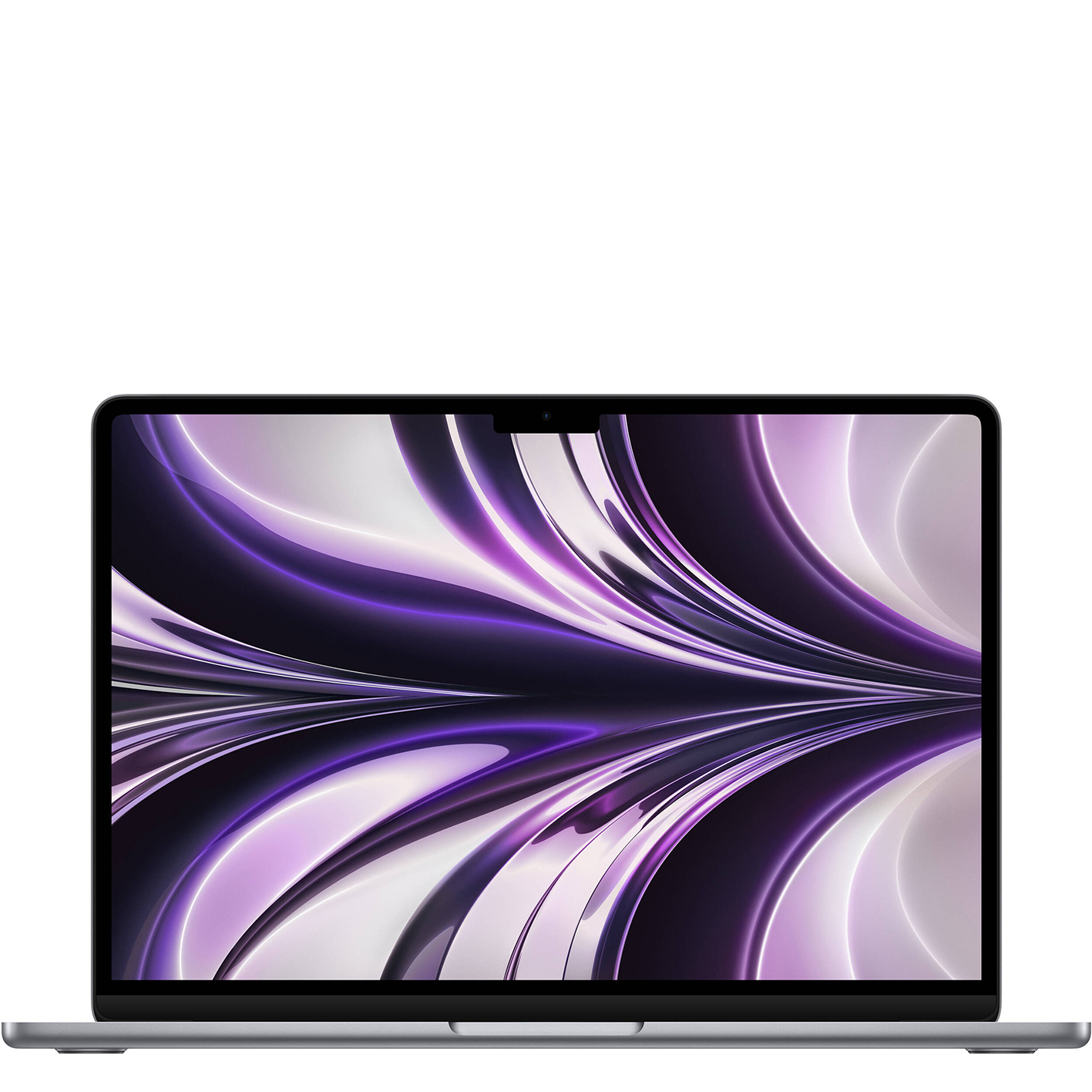
Apple's new M3 MacBook Air (see above) is available in either 13.6" or 15.3" options, but the older M2 MacBook Air is still a beautiful mobile option for Mac music making, and the cheapest one at that.

The Mac Pro boasts Apple's M2 Ultra processor as a standard (whereas it's an option for the Studio) and the Pro has many more connectivity options. The Pro is designed for those who require the absolute peak of processing power. So think animators, visual effects producers, 3D processing…
Best overall
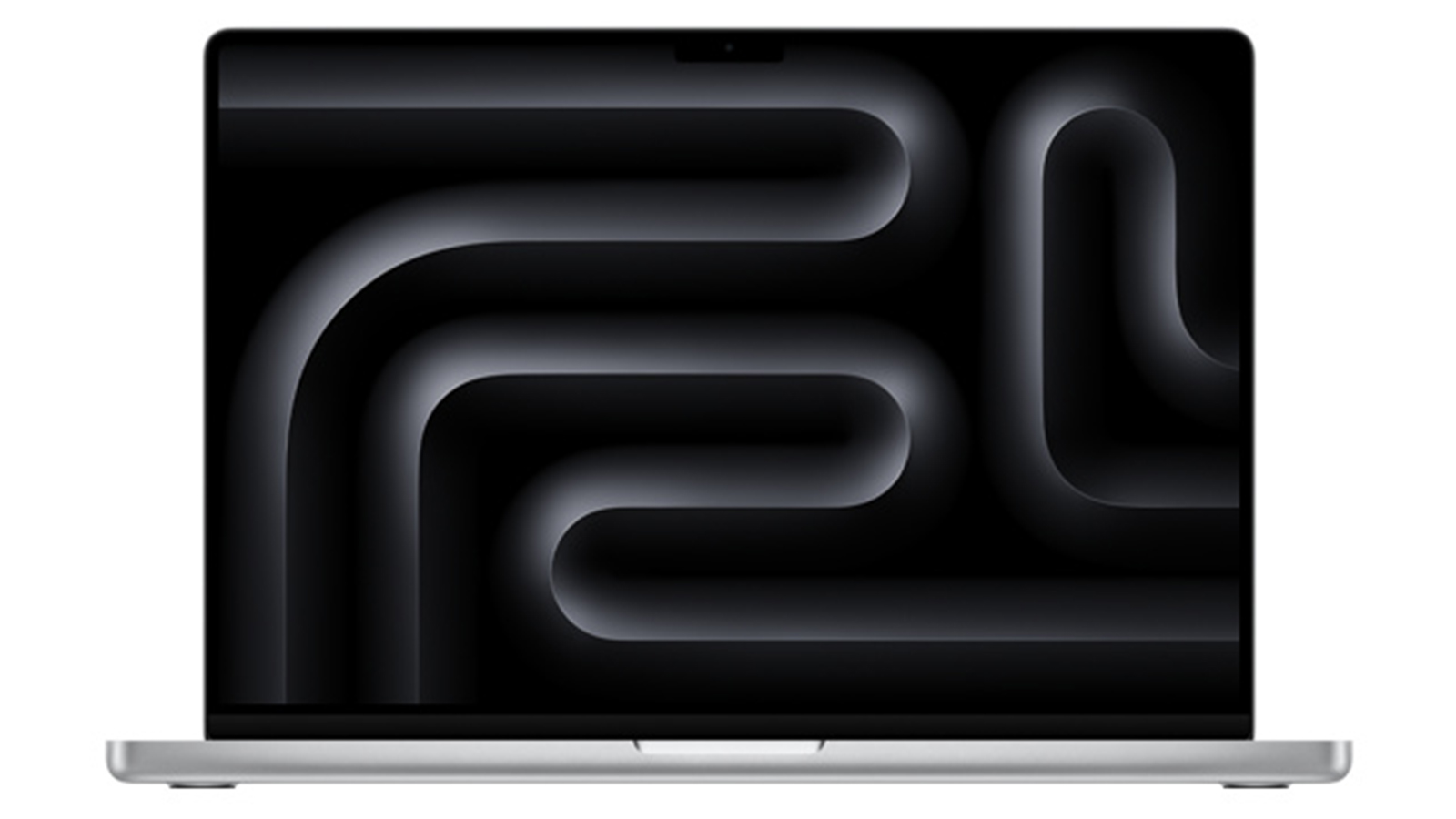
1. Apple MacBook Pro M3 16"
Our expert review:
Specifications
Reasons to buy
Reasons to avoid
The relatively new MacBook Pro M3 16" tops our best Mac for music production list because it gives you the best of the mobile and desktop worlds in one machine, although as with any 'best of', you'll have to shell out for it with the 'best part' of your bank balance for it.
That 16.2" screen has enough real estate to handle a lot of DAW workflows, though, and, of course, with the 'Pro' name, you can expect more than enough power for music production.
In truth, though, the fully upgraded MacBook Pro with the M3 Max processor, is probably too much for many music tasks. We've hardly stretched our 24GB RAM Air, yet the Max's memory starts at 48GB RAM! Similarly, you shouldn't pay the extra cash for the 8TB option, as a decent separate fast hard drive will bolster the 1TB bass model for much less cash.
Both 16" Pro models offer a great music production experience, though, and while they do have a power headroom you might not require, make the investment now and you will future-proof your music-making for some years to come.
Best desktop

2. Apple iMac M3
Our expert review:
Specifications
Reasons to buy
Reasons to avoid
As with the mini, the iMac can be a forgotten star for Mac music production, with the main headlines often stolen by fancy MacBook Pros and Mac Studios. But Apple always specs these machines up well, with great screens, decent processors and attractive price tags.
There are actually two near-identical machines in the latest iMac M3 range, one offering a slightly better graphics performance (10-core compared to the cheaper 8-core), a bigger maximum hard drive capacity (2TB versus 1TB), and two extra USB 3 ports (on top of two USB 4 ports). For the extra $/£200 you'll pay, these extras might be worth considering, especially with the extra ports for the keyboards, controllers and audio interfaces you might be connecting up.
Both iMacs max out at the M3 processor - with no M3 Pro or Max on offer just yet - and the storage tops out at 2TB (not a problem, really, as we do recommend using a fast and cheap external drive if you need extra storage). Otherwise, the iMac is a superb choice for music production, with a stylish approach, fabulous 24" screen, and is a great all-in-one option, with everything you need for not a lot of money in the grand Apple scheme of things.
Best lightweight

Specifications
Reasons to buy
Reasons to avoid
Apple has updated all of its laptops to the latest M3 range of chips, with the Air the only machine which is also still available as an option with the older M2 processor (see below). The newer Air M3 is available in two sizes: 13-inch (13.6-inch) and 15-inch (15.3-inch). We prefer the larger 15” screen size for music production as we have found 13" laptops slightly restrictive in the past.
We carried out several official tests between the Air M2 and the newer M3. Using the Ableton Live DAW, we got a 25% uplift in performance for the M3, which rose to 30% in Logic, more than even Apple claims! Our sister site TechRadar suggests that the Air M3's multicore stats are even up there with the entry-level M3 MacBook Pro.
We therefore think that the M3 Air is a better buy than that base-model MacBook Pro, as it boasts the bigger screen and equal power, but costs less. We also discovered in our tests that the bigger 15" model has a significantly better sound from its own speakers over the 13" Air.
Combine the performance with the quiet Air operation, the sleek design and larger screen, and we think the 15-inch Air M3 is currently a fantastic option for mobile music production.
Read our full Apple MacBook Air M3 review
Best all-rounder
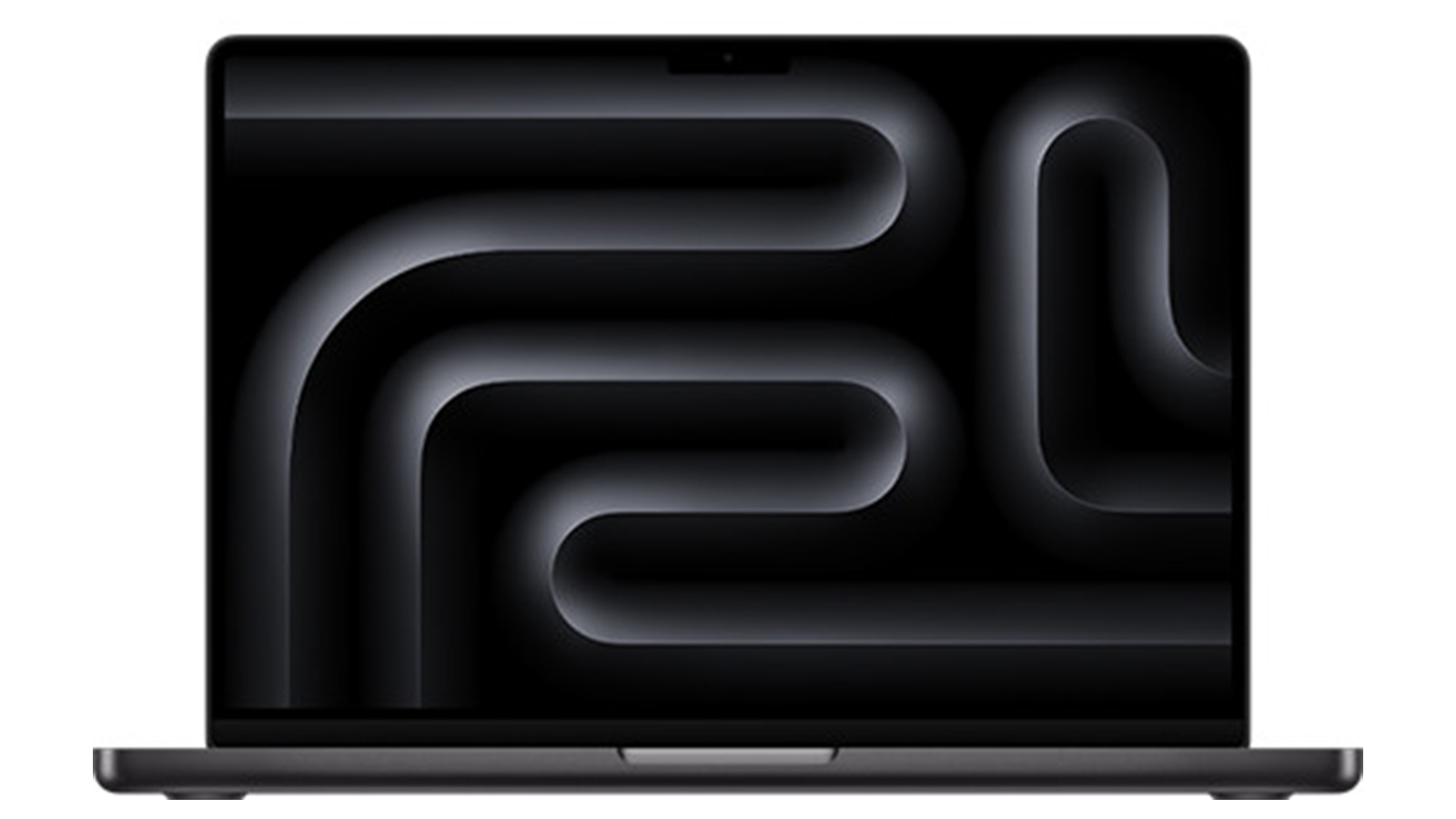
4. Apple MacBook Pro M3 14"
Our expert review:
Specifications
Reasons to buy
Reasons to avoid
We've included the 16" MacBook Pro in our top position as it is the best overall Mac for music production, with the bigger screen size and power. But the 14" MacBook Pro is a cheaper way of getting that power, although you can also spec it up to a price that gets close to the 16" if you load it up with the top-end M3 Max processor.
However, if you dig deep into the MacBook Pro 14" range, you should be able to find a model that balances both power and price.
At the bottom end of the scale you can get a 14" MacBook Pro for less than $/£2,000 with an M3 processor, but in our tests the M3 Air had just as much power and also boasts a bigger screen - hence it being recommended above. So if the smaller 14" screen is something you are after, you might want to take advantage of the faster M3 Pro or Max processors, but either way you'll greatly add to the asking price.
The 14" MacBook Pro is a great machine, but you will have to decide which one you need because there's a machine for everyone in the range, but you might have to do some weighing up of specs versus price to find it.
Best on a budget
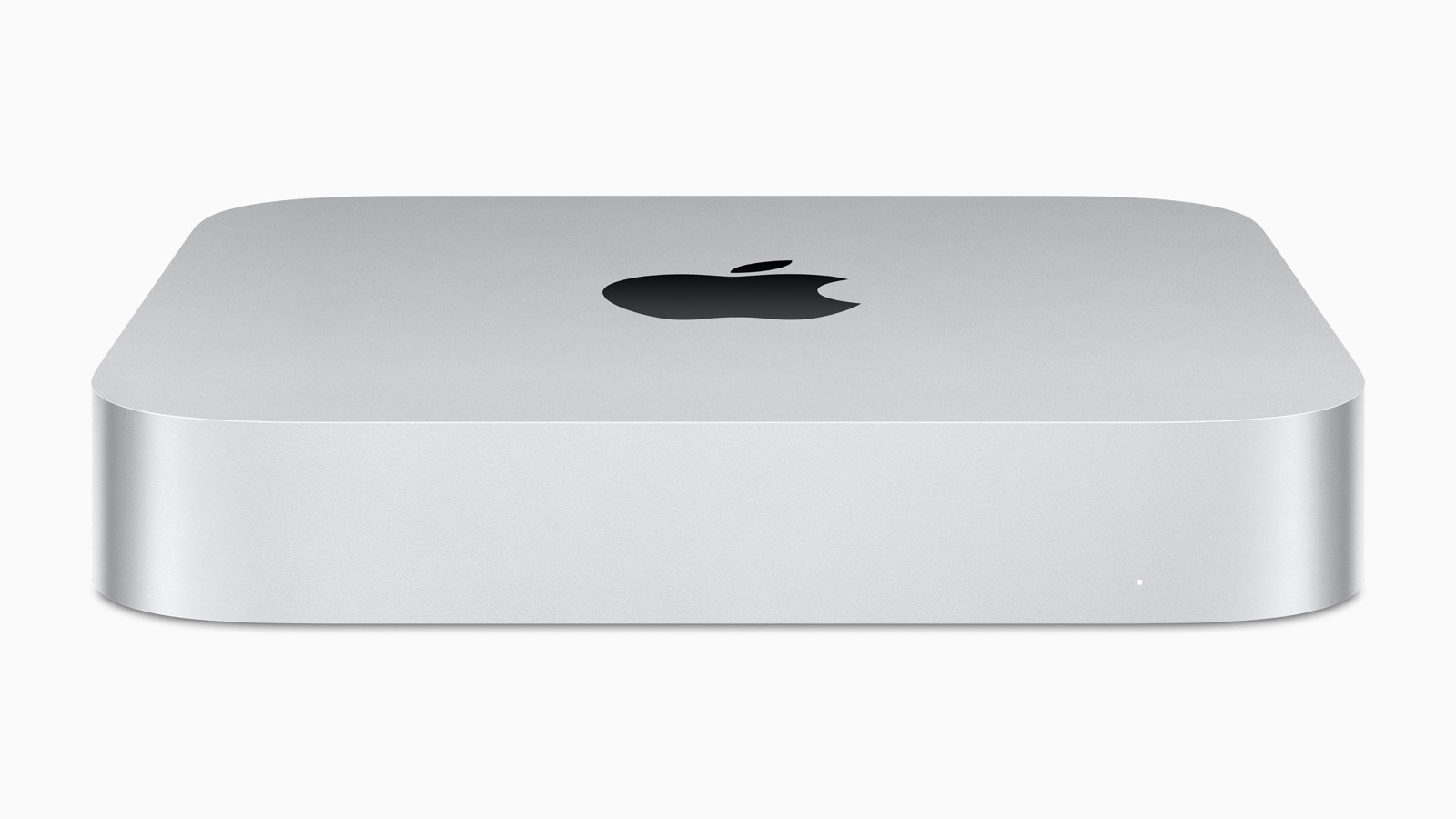
Specifications
Reasons to buy
Reasons to avoid
The Mac mini is Apple's no-nonsense, compact Mac where you get a choice of core computer and add the keyboard, mouse and monitor yourself to save costs on the original machine. The company's latest mini range retains this ethos - there are still cheap machines available to buy and if the spec of the latest M2 base model fulfils your needs, then $/£649 is a great price to pay. However, the range has also very much expanded upwards, and the sky is the limit in terms of power and price.
Two main types of Mac mini are now available, and are built around the M2 and M2 Pro processors, although there are many available spec options around these to choose from.
As you can now supersize the spec of your Mac mini into something altogether different, the 'mini' name almost does the range an injustice. 'Mac mini XL' or 'Mac maxi' might be a better description.
Inevitably, any upgrades and additions all come at a price and, much like the MacBook Pro, that price rises sharply as you bump up the spec of the memory and storage. Even so, and despite the non-upgradable design, there can be no denying that the Mac mini offers an excellent performance for the price.
Read our full Apple Mac mini M2 review
Best compact option

Specifications
Reasons to buy
Reasons to avoid
In many ways Mac Studio is a top choice Mac for music - it starts off at a reasonable $1,999/£2,099 for a base machine that has a decent 32GB memory and powerful M2 Max processor, and this standard machine sits perfectly at the top end of the Mac mini range in terms of price and specs (as Apple has clearly planned it to).
As ever with Apple, it's those tempting upgrades where things might come undone and your bank balance comes under threat. Upgrading to the M2 Ultra chip - as found in the Pro - essentially doubles the price in an instant, but is still a way away from the cost of the Pro. And maxing out the storage adds a huge $/£2,400 for 8TB, so you're seriously better off investing in a fast external drive for this.
And like the mini, you will need the extras - keyboard, mouse and monitor - with the Mac Studio so you'll need to factor these in. But this machine does perfectly bridge the gap between the mini and the excessive Pro to make it a fine choice for music production. If you are in the market for a powerful and very serious desktop Mac for music, then this is a great high-end choice.
Read our full Apple Mac Studio review
Best affordable Air
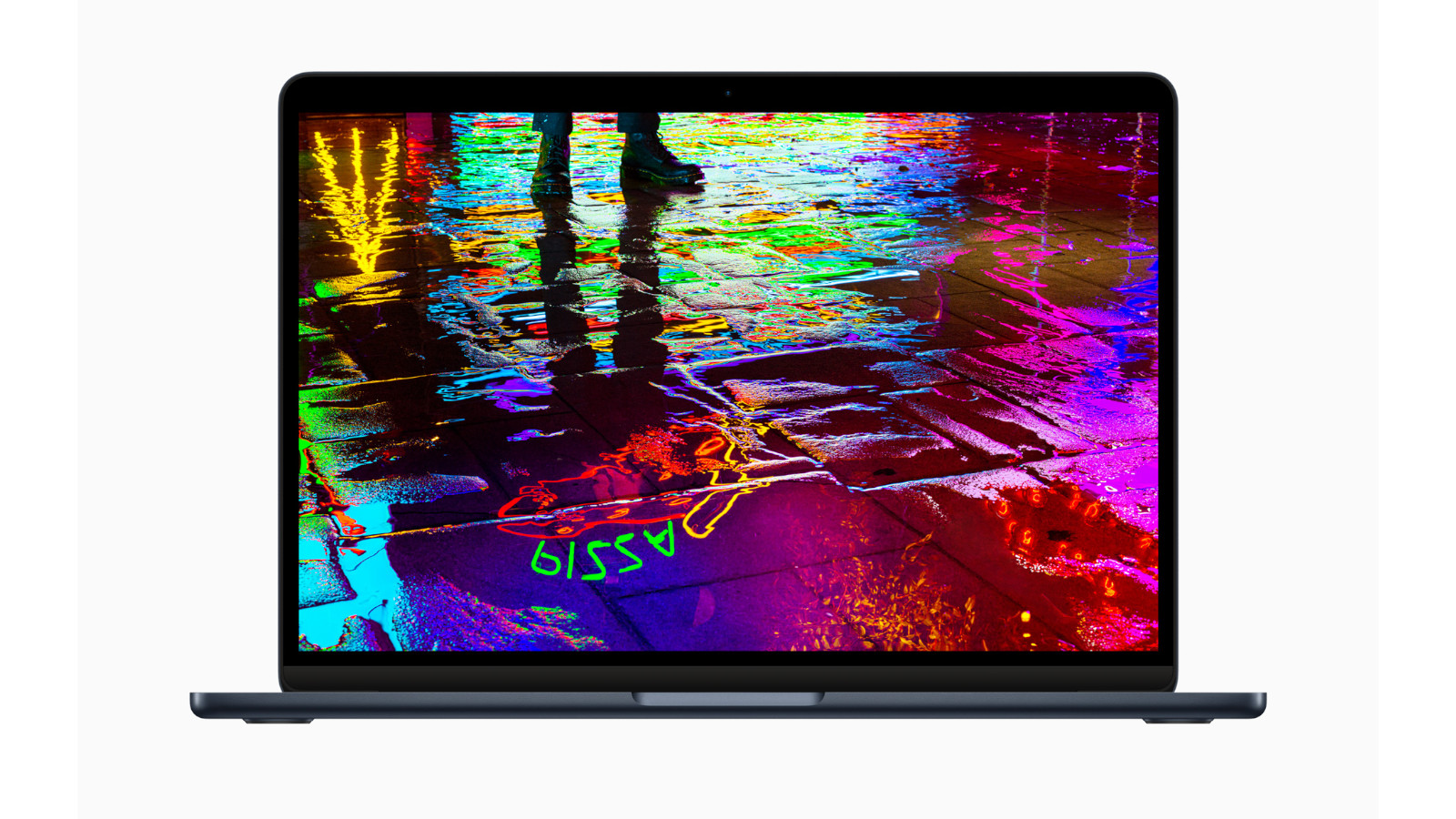
Specifications
Reasons to buy
Reasons to avoid
Apple's new M3 MacBook Air (see above) is available in either 13.6" or 15.3" options, but this older M2 machine could still be a great introduction to the Apple music production world as it is a relatively cheap option.
The sound emanating from the Air's four speakers (which also support Spatial Audio) is so much better than a small form device like this should be capable of. You're not going to be using it for detailed mastering, granted, but it's almost good enough to mix with and very decent just for music listening.
The battery life of the Air is good, although at a quoted 18 hours it's not quite up there with the 22 hours you get on some of the new MacBook Pros. You also only get two Thunderbolt USB 4 ports on the MacBook Air (you get three on the larger Pros), so if you want more than a monitor and interface connected, you might need to think a little outside the box.
Some have said that not having a fan to cool it down is a big disadvantage when you compare this MacBook Air to the latest MacBook Pro. As music producers we'd disagree, to a point, and say that having no fan is a huge advantage, just in terms of noise.
The older M2 MacBook Air is still a beautiful mobile option for Mac music making, and the cheapest one at that.
Read our full Apple MacBook Air M2 (2022) review
Best high-end
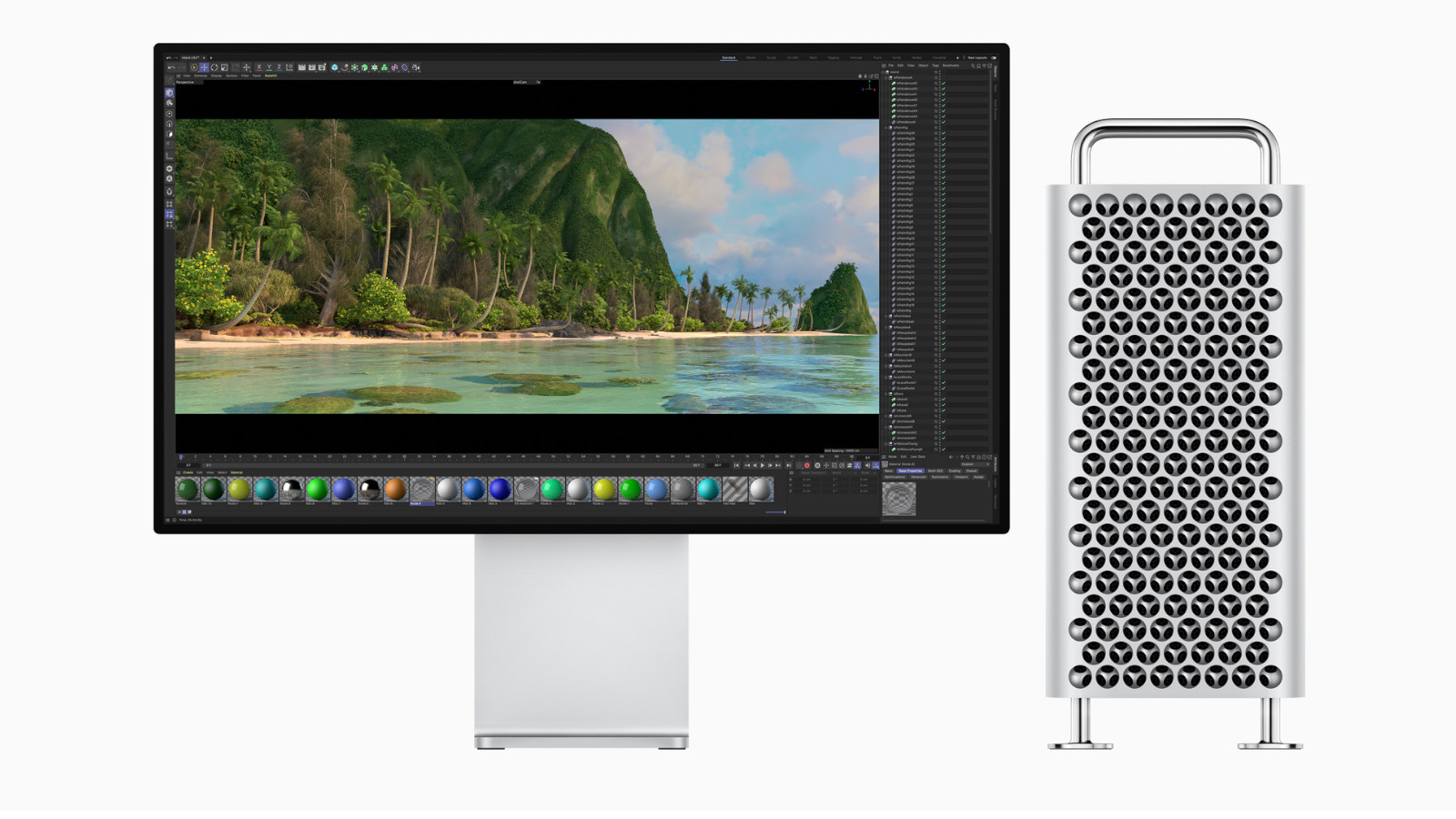
8. Apple Mac Pro
Our expert review:
Specifications
Reasons to buy
Reasons to avoid
OK, so here we are at the top of the Apple Mac tree with a machine that, on the face of it, boasts many of the same specs as the Mac Studio – the storage and memory options are the same, and if you want to, you can even spec the processors up to be similar. The difference is that the Mac Pro boasts Apple's M2 Ultra processor as a standard (whereas it's an option for the Studio) and the Pro has many more connectivity options.
However, even Apple admits that the Pro is designed for those who require the absolute peak of processing power. So think animators, visual effects producers, 3D processing… any and all kinds of video production, basically, where the number crunching needs this kind of power to back it up. Music producers, even at the very highest level, don't really require this kind of power or, more importantly, can get much of it cheaper in Apple's existing range.
And that's where Pro slightly falls down. As incredible as this machine undoubtedly is, it's the price hike between this model and the Studio (and top end MacBook Pro) that puts it out of any league or recommendation. The base model of the Pro, for example, is $6,999/£7,199 whereas you can configure a Studio up to a similar spec for $3,999/£4,199. Yes, you get extra connectivity, but that is a huge difference in cost for that 'Pro' label.
So unless you are making more money than you can spend in music production – and if you are, we'll send you our address details – then you should really consider the Mac Studio as your Desktop Apple ceiling. And just to finish, for your information, if you want the fully maxed out Mac Pro, it'll cost you $12,299/£12,499. We'll take two.
Buying advice

How to choose an Apple Mac for music production
MusicRadar's got your back
As we say in our introduction above, Apple has produced a Mac computer for every task and occasion. While the range can be initially confusing, there is some logic to it – of course, there is! Once you have made some key decisions, you should find that you quickly hone in on the correct Mac for your music making. So let's look at those buying decisions.
Do I need a laptop or desktop model?
You should start by deciding whether you need a mobile Mac or a desktop model. Once you have made this choice, you are automatically cutting out a large chunk of the Apple range to narrow down those buying choices. So which should you go for, desktop or laptop for music production? The answer - as with all of these decisions - will very much depend on your personal circumstances, but there are definite pros and cons to buying a Mac laptop that you need to weigh up first.
Portability is obviously the biggest advantage of a MacBook, but with the latest M range of chips built into all models, you also get mobile power. You can easily spec up a machine - as we prove above with the MacBook Pro - which will be the match for any desktop computer in terms of power. But be warned, you are paying for portability and you could easily pay between 50 and 80 percent more for a laptop's mobility compared to a desktop machine of the same spec.
Then there is the screen size. You could be attracted by a 13.3" MacBook Air or 14" Pro because of their compact and easily portable designs, but the real estate afforded on either's screen is nothing compared to a 24" iMac which might well cost you less for similar power!
If after weighing up price and power you still want an Apple laptop, your choices are the Air and Pro. Now it's just a case of weighing up whether you need the sleek and light design of the former, or the power, pro features and price of the latter.
Which leaves the desktop choice, and here is where it can get tricky. The iMac is a beautiful machine, well priced and well spec'd, and the design dream, all-in-one computer solution that, in many ways, Apple made its name on.
With so much power available at the top end of the Mac range with the Pro and Studio, it's tempting to head upwards, reasoning that investing in newer models like this will future-proof you as a music producer – no matter what your future needs, these models will have you covered.
However, the all-new and cheap iMac M3 should be enough for most current music tasks.
As much as the Mac Pro turns heads, the clue is in the name here. We think the Pro is only really aimed at professional studios, film score producers, serious number crunchers and big league players making the serious money required to buy a machine like this in the first place. Really, in our opinion, the Studio is the top-end Mac for music making, with enough memory, ports, power and storage for music production even in the base $1,999/£2,099 model.
Which leaves us with the Mac mini. In many ways, this has always been the forgotten gem of the Apple range and we still believe this is the case. It offers a similar level of portability as a laptop in terms of moving it around (although obviously you can't use it out and about), yet boasts the power and specs of a desktop machine. With its M2 and M2 Pro chips, it still packs enough punch, and there is a model for every occasion. Remember, though, you will need to add the extra screen, mouse and keyboard.
What do I need to know about Apple's Silicon processors?
The Apple Silicon range of chips has revolutionised the brand since its introduction in late 2020. It started with the M1 processor and the current line-up is the M23.
All of these processors feature different numbers of 'cores' for CPU and GPU (graphic) processing performance, the higher this number, the more power you get. So, for example, the current M2 chips start at 8-core CPU, 10-core GPU while the maximum M3 Max features up to 16-core CPU and 40-core GPU. While there are no specific numbers of cores required for music production - all M range computers will handle most music tasks - aim for higher cores if you want more power, but expect to pay more the higher you go.
We go into more detail on M2 vs M3 Macs in this article.
What other spec do I need to consider?
With memory and storage, the bigger the number the higher the cost too. We recommend 16GB RAM minimum for music production and most Macs now deliver this on their base models. As far as storage goes, go for 512GB if you can. We don't recommend paying the often huge amounts to up the onboard storage (up to $/£2,400 for 8TB!) and instead recommend buying a fast external SSD drive for music for much less outlay. We have some recommendations in our guide to the best external hard drives for music production.
As far as connections go, aim for as many as you can so that you can connect devices such as audio interfaces. Thunderbolt 4 (USB-C/4) ports are the most common and all Macs in the range feature them, with the Airs and smallest Pro having just two, larger Pros having three and some of the more expensive desktop machines boasting up to eight. Some Macs, notably the Pro, even have the older USB-A ports – although these are being used less and less.
How we test Apple Macs
When testing Macs – any computer, in fact – we look at the overall product design, specs, value for money and, if relevant, how easy the system is to set up and get up and running.
With so many different Macs in the Apple range, we'll also see how they work in the environment for which they were designed, so portable Macs are tested for mobility and durability, while desktop Macs will be tested for the amount of noise they make and whether they produce excessive heat under duress.
And it's this musical number crunching that we test for the most, with a number of different tried and tested methods employed to measure a Mac's performance. The first is to download the Logic or Ableton Live benchmark projects from www.logicprohelp.com and www.music-prod.com. With these, you load up the project and then add tracks on until 'System Overload' is achieved. It therefore gives you comparable benchmark numbers for each Mac tested so we can reveal how upgrading your Mac to a better processor will impact your music production.
Similarly a music producer's DAW (Digital Audio Workstation) has a performance which can be slowed down by CPU-intensive plugins such as reverbs and software synthesisers. We therefore often insert multiple instances of Logic Pro’s ChromaVerb on multiple audio tracks to get a measure of a particular Mac's performance so we can then tell you how each Mac compares with another. See our full reviews via the links in the shorter reviews above.
Read more about how we test music making gear and services at MusicRadar.
Related buyer's guides
- Smaller budget? Explore the best budget laptops for music production
- Going the desktop route? These are the best PCs for music production
- Best budget PCs for music production: power and performance for less
- Best mouse for music production: top choice mice, trackpads and trackballs
- Best computer monitors for music production: DAW-friendly displays
- Best studio desks: budget-spanning options for organising your studio
Want all the hottest music and gear news, reviews, deals, features and more, direct to your inbox? Sign up here.
Andy has been writing about music production and technology for 30 years having started out on Music Technology magazine back in 1992. He has edited the magazines Future Music, Keyboard Review, MusicTech and Computer Music, which he helped launch back in 1998. He owns way too many synthesizers.
